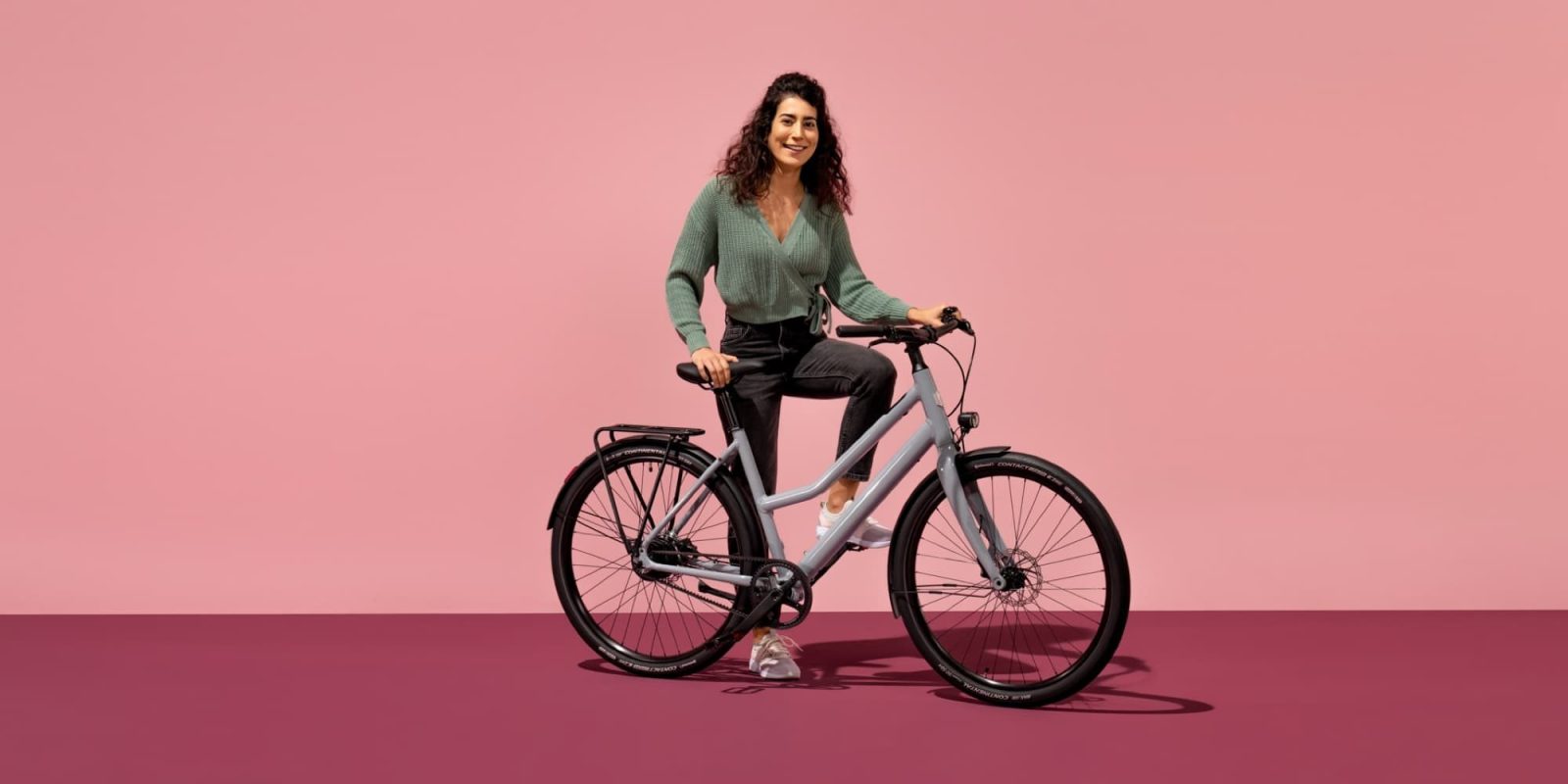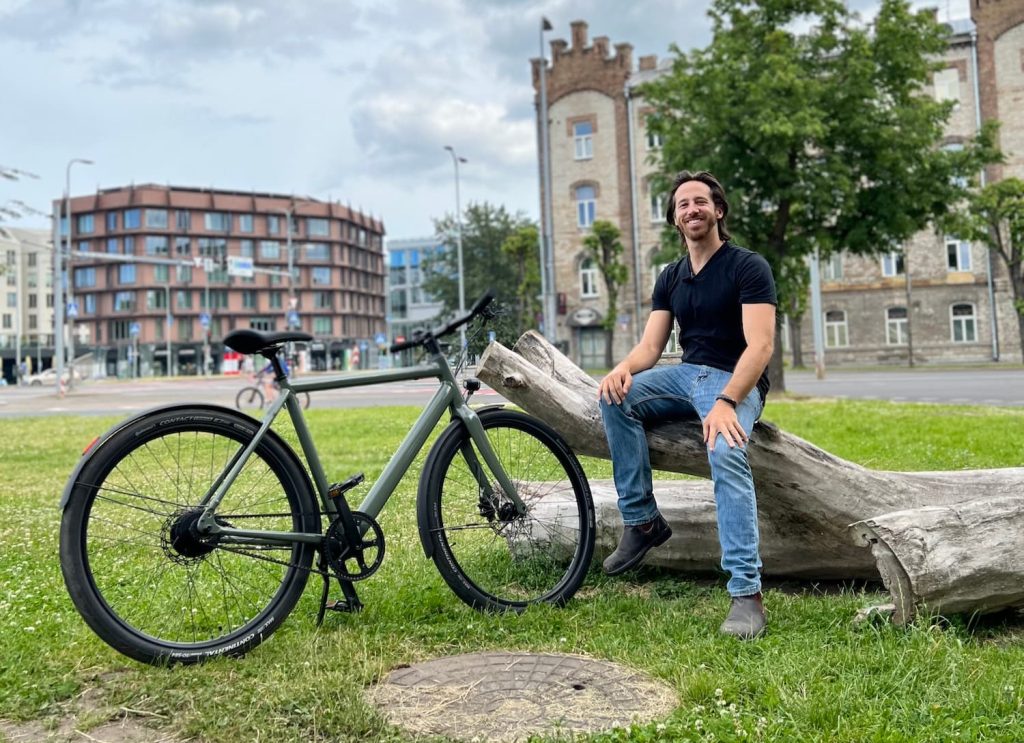
Less than a week ago, the once highest-funded electric bike brand in the world, VanMoof, declared bankruptcy. Now a post-mortem of the company shows what went wrong for the high-tech e-bike maker and why an e-bike that is the antithesis of a VanMoof might hold the answer for the future of the industry.
Voices from all over the industry have jumped at a chance to tell us why VanMoof failed, with the reasons mostly coming down to attempting to grow too quickly, over-reliance on high tech, expensive proprietary technology, and the inability to service its growing customer base’s complex e-bikes.
But more important than just what went wrong at VanMoof is a discussion of what needs to go right as the e-bike industry rolls forward.
In a recent missive written by Tuuli Jevstignejev, the biking industry expert details why VanMoof’s direction was the wrong path and which course is best for both riders and the e-bike companies that exist to serve them.

Tuuli’s biking bona fides are irreproachable. She’s worked for and advised some of the biggest names in the industry, has a phone full of the numbers of the most famous biking athletes and extreme sports aficionados in the world, boasts a tattoo of every European city she’s lived in – each more bikeable than the next – and currently serves as the CMO at Ampler Bikes.
And her message likely won’t come as a shock, especially since much of it was heard just a month ago when she sat shoulder to shoulder with Taco Carlies, CEO of VanMoof, on a panel at the Micromobility Europe conference in Amsterdam. I was there that day enjoying an even better than front row seat to the meeting of industry titans – I was on stage hosting the panel.
When I asked Tuuli about the biggest industry challenges to growing e-bike ridership, she didn’t give the same usual response of “getting butts in seats for test rides” or “creating new features and tech.” Instead, her message was simple. In fact, it was about simplicity itself:
One of the biggest challenges in our industry is to make sure we have quality over quantity and that we are able to service the bikes. If you grow too big too fast, then very often, that’s not the case anymore.
Our biggest challenge is to maintain customer happiness and product quality. We can do that by standardizing e-bikes so that people can either service the bikes themselves or take them to a regular bike shop, so it’s not difficult to manage the product after the purchase.
Just moments later I asked VanMoof’s cofounder and CEO Taco Carlies about his thoughts on constantly iterating new e-bike models with yearly releases like the cellphone industry versus doubling down on tried-and-true designs with longer product cycles.
As you can imagine, VanMoof’s CEO favored the model of constantly updating products to create a steady release of e-bikes with new features:
I think if you look at the entire industry, I think that the industry is still innovating at a very rapid pace, and if you compare it with the iPhone, we’re probably somewhere now at the time of the iPhone 3, 4 or 5. So lots of brands are introducing new models and they always have some cool new features. Motor technology is improving fast, battery technology is improving, so I still think it makes sense that brands introduce new models every year or two.
Holding an obviously different view, Tuuli was quick to jump in with a response right after VanMoof’s CEO finished. And now with VanMoof’s bankruptcy less than a week behind us, her words ring eerily true:
As Tuuli stated on the panel:
I have a very polarizing opinion on that. I feel like we have a lot of technology around us and it’s very distracting. The trend I would like to see is to go back to basics so that e-bikes get more standardized and simpler. I feel like we don’t need a new iPhone every year, I think it’s very wasteful. You don’t always have to keep yourself in the game just by launching something new and shinier when you can also just make some tiny corrections and improvements on existing products. I feel like like we’re all doing a great job getting more people outside of cars and on bikes, which is the main purpose of what we’re all doing, but I also feel like we all need to look into how we do it right.

With more time to reflect on those ideals, in her recent post Tuuli discussed even further how we can achieve that goal.
Tuuli explained:
So what’s the solution? We still want to get people out of cars and onto bikes, so having a simple product that brings you from point A to point B – which should look good and feel great riding – should be the norm. You should be able to switch your handlebars or pedals if you don’t like the ones you get, you should be able to continue cycling if your battery dies, and you should be able to get a quick fix for your bike from that bike shop down the street that’s been there for 40+ years.
Having personally toured Ampler Bikes’ factory in Tallinn, Estonia, I’ve seen firsthand how the company has focused on building simple, attractive, and serviceable e-bikes.
It’s a process that has resulted in slick-looking e-bikes that frankly don’t even look like e-bikes at all. And that’s kind of the point. The “e” part of the bikes doesn’t set them apart, it simply makes them easier to ride. But at the end of the day, they’re a basic, high-quality bicycle just like any other you’d find across Europe. And that’s why they can be easily serviced at home or in any bike shop.

Top comment by Steph Soltesz
K.I.S.S. Keep It Sweet & Simple works for the majority of people and always has, one mustn't forget that but many do. The other reality is that being able to maintain, repair and keep your bike in good service for a minimum of 10 years if not more (like a regular pedal bike can) is pretty important, especially for a costly ride (IE over $1.5K for ebike VS $300 pedal bike).
Remember that the equivalent of a $1000 Pedal Bike is the $4K E-Bike ! Its all relative right.
Like most people I think, I'm not interested in chucking a couple of grand away every couple of years... let alone the environ-"mental " harm that results from such brash wastefulness.
As Tuuli continued:
Ampler is a simple, straightforward, and purposeful bike in essence. It’s been built and designed to look and feel like a regular bicycle. The whole purpose of the product is to accommodate different customer needs for frame sizes (and we have a lot) or the possibility of adjusting the bike to their personal needs. And yes, having so many product categories and frame sizes in stock is not always easy. Still, Ampler also never had the ambition to go for the fast hypergrowth path. A good example of having a sustainable growth mentality is that the bikes are all hand assembled in our own factory in Europe, Estonia.
Electrek’s Take
I enjoy new technology as much as the next guy, but there is a time and a place. And the machine that I use for a critical task like carrying me around town isn’t where I want the most cutting-edge, proprietary tech that will be quickly obsolete.
Hundreds of years ago we got around on horses, which when well taken care of, were a long-term transportation method. Even 150 years ago, trains were a long-term solution. Cars built 50-75 years ago still run today, as they were built to last. It makes no sense that an e-bike built this week is something so tech-infused that it is quickly obsolete or replaced by a new generation every 12 months. Like any form of transportation, it should be designed to be serviceable for an extended lifetime.
Ampler isn’t the only company doing this, but it is a good example of one that has made this model a priority. And I hope more brands see the value in that.
FTC: We use income earning auto affiliate links. More.





Comments